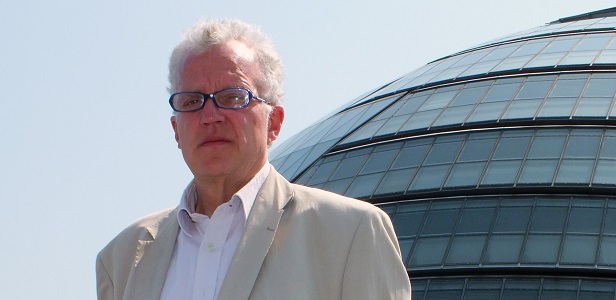Saturday’s rail disaster ended 30 month period during which no rail passengers were killed in accidents on Britain’s railways. That good safety record is partly the result of a massive spending programme carried out on the system after the series of disasters which saw five major accidents between 1997 and 2002, and which raised fundamental concerns about the safety of the railways.
Two aspects of the railway attracted particular scrutiny. At Hatfield, a cracked rail, which had been left unrepaired despite obvious warning signs, shattered and caused a train to derail at 115 MPH killing four people, while at Ladbroke Grove and Southall, a total of 38 people died because the drivers failed to see red lights.
After Hatfield, spending on maintenance and renewal of the railway soared, doubling from £2.5 billion under Railtrack to £5 billion by its successor, Network Rail. Some of that has undoubtedly been wasted but much has borne fruit. There are now far fewer broken rails, a third of the number four years ago and 650 miles of track was replaced last year, double the level Railtrack achieved.
To tackle the problem of train drivers failing to stop at red lights, a whole new safety system has been fitted across the network at a cost of £500m. Called the Train Protection and Warning System, it slows down a train automatically if it is approaching a red light too fast. While the system will not prevent all collisions, as it is only partly effective at speeds above 70MPH, it greatly reduces the likehood of disasters similar to Southall and Ladbroke Grove .
Another long term programme for improving safety is bearing fruit. Nearly all old slam door stock is being scrapped which has two safety benefits: passengers no longer get killed jumping in and out of trains before they have stopped, and the new carriages are much more crashworthy, increasing the chances of survival in an accident. Indeed, the advantages of newer stock were demonstrated in the accident by the way that the well designed carriages stood up to the impact of a derailment at 100 MPH.
However, level crossings will now receive a lot of attention from the safety authorities. And that is probably right. Many could be closed, or have full barriers installed, which are only opened when cars want to pass, reversing the usual system. In other cases where there is considerable road traffic, bridges or underpasses could be built, a policy that has been carried out for many years. Network Rail has replaced 170 crossings in the past two years, but this programme may now be accelerated following Saturday’s crash.
In truth, though, if the suicide theory proves correct, no safety measures could have prevented that disaster. If someone is intent on getting a car onto the track, they could do so, however many fences and barriers were installed. All rail passengers can do is hope that no one will follow that terrible example.
